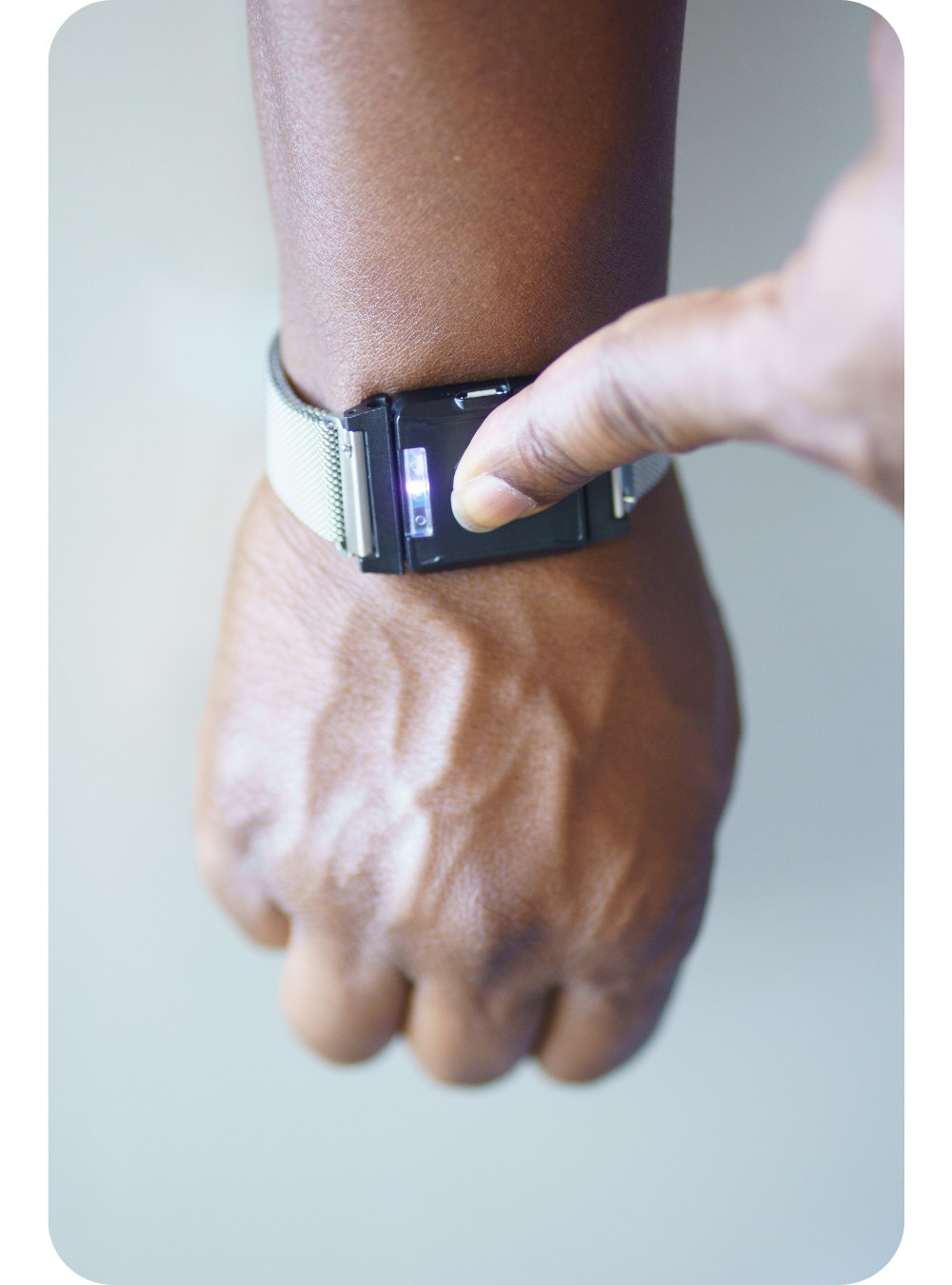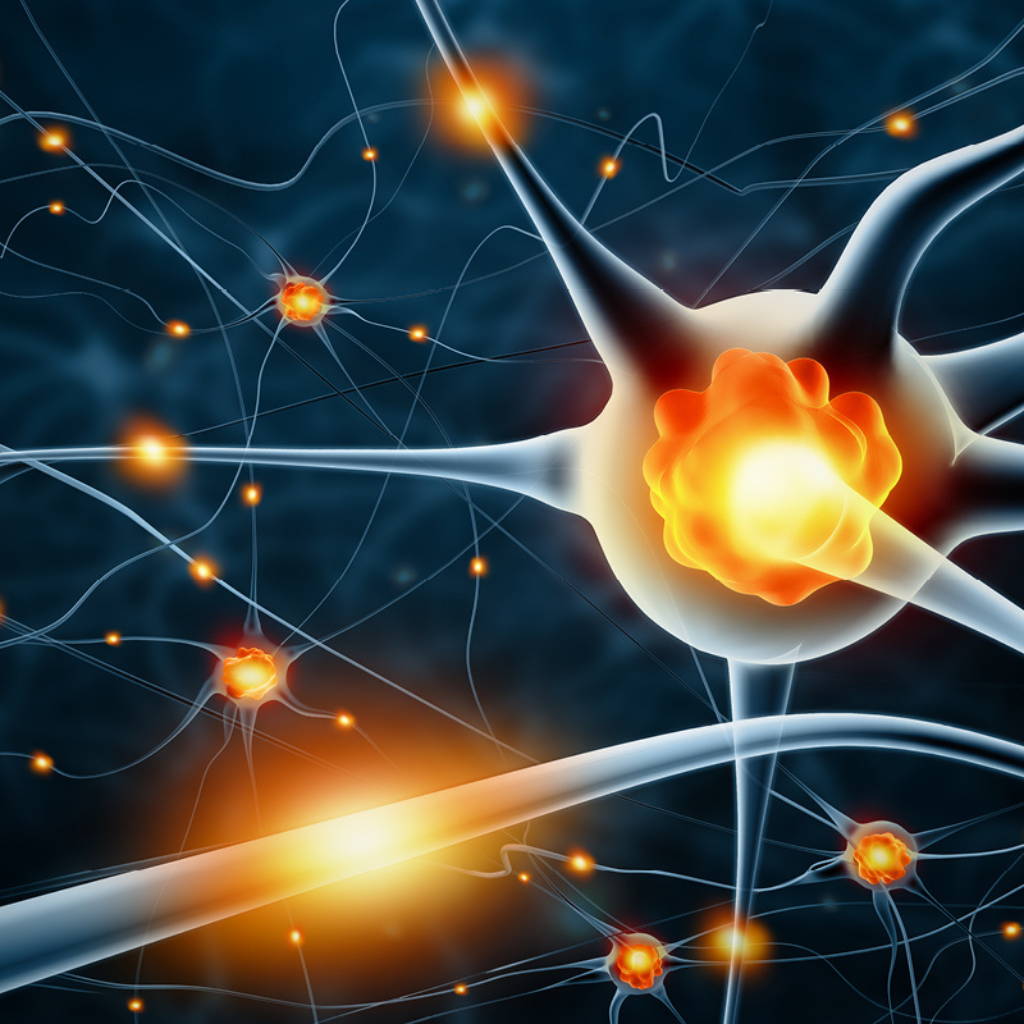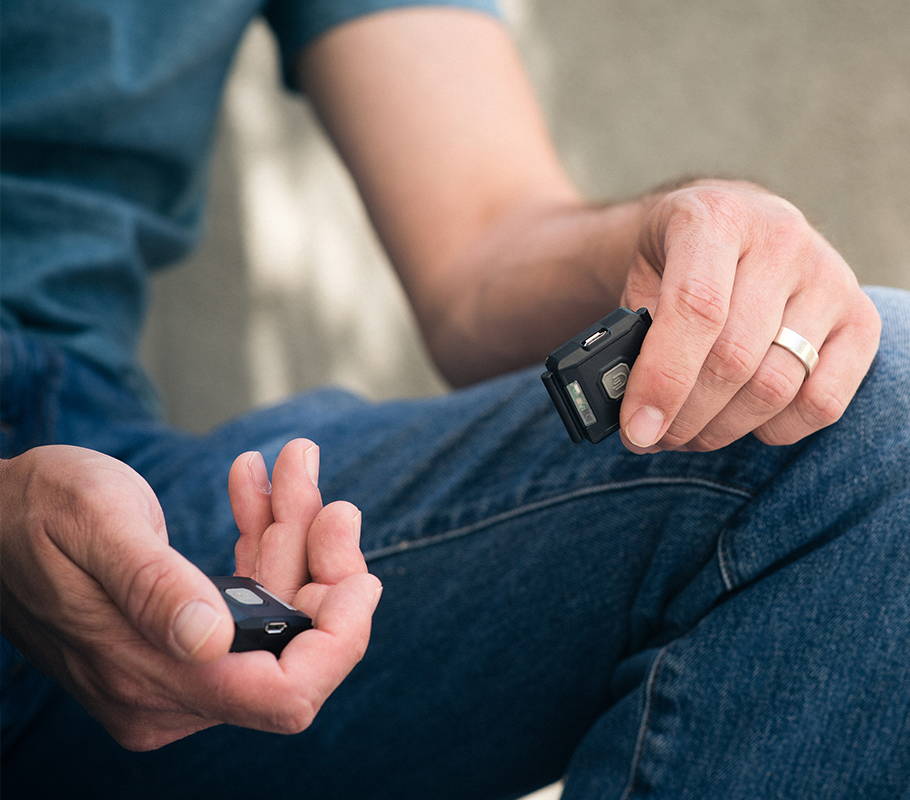HOME | ENCYCLOPEDIA OF USES | AGGRESSIVE BEHAVIOR
ENCYCLOPEDIA OF USES
AGGRESSIVE BEHAVIOR
Someone may become aggressive if the body's fight/flight/freeze response is activated. This may look like acts of physical violence, shouting, swearing, and harsh language. Being susceptible to aggressive behavior in times of stress can have serious negative impacts on personal and professional relationships. Use BLAST® before an outburst or when agitation gets too high to keep aggression at bay.
How blast® works for AGGRESSIVE BEHAVIOR
How to use BLAST®
for aggressive behavior
- TouchPoint
- Thodian

Before you start:
Learn the basics behind operating your TouchPoints. Understand how to operate your TouchPoints, the different modes, and more with our online user guide.
When to use BLAST®:
Spot: Use as soon as you feel agitated or start expressing signs of agitation.
Preventative: If you know you're going into a scenario that may cause agitation, begin using them 15-30 minutes prior.
How to use BLAST®:
Where: Place TouchPoints on your wrists, pockets, in socks, or simply hold them.
Mode: Use the Fast/Purple mode.
Timing: Leave on until you feel a sense of calm.

Before you start:
Learn the basics behind operating your Thodian. Download the app, learn how to pair your Thodian Tokens and more with our online user guide.
When to use BLAST®:
Spot: Use when the app notifies you of a stress event or when you feel agitated.
Preventative: If you know you're going into a scenario that may cause agitation, begin using them 15-30 minutes prior.
How to use BLAST®:
Session: Angry mode
Recommended Placement: Clip to shirt cuffs or hold in hands.
USER SPOTLIGHT
See what our customers are saying about BLAST® & aggressive behavior
Can't find question? Chat us online, call us at 877-778-6824 or email us at hello@thetouchpointsolution.com




